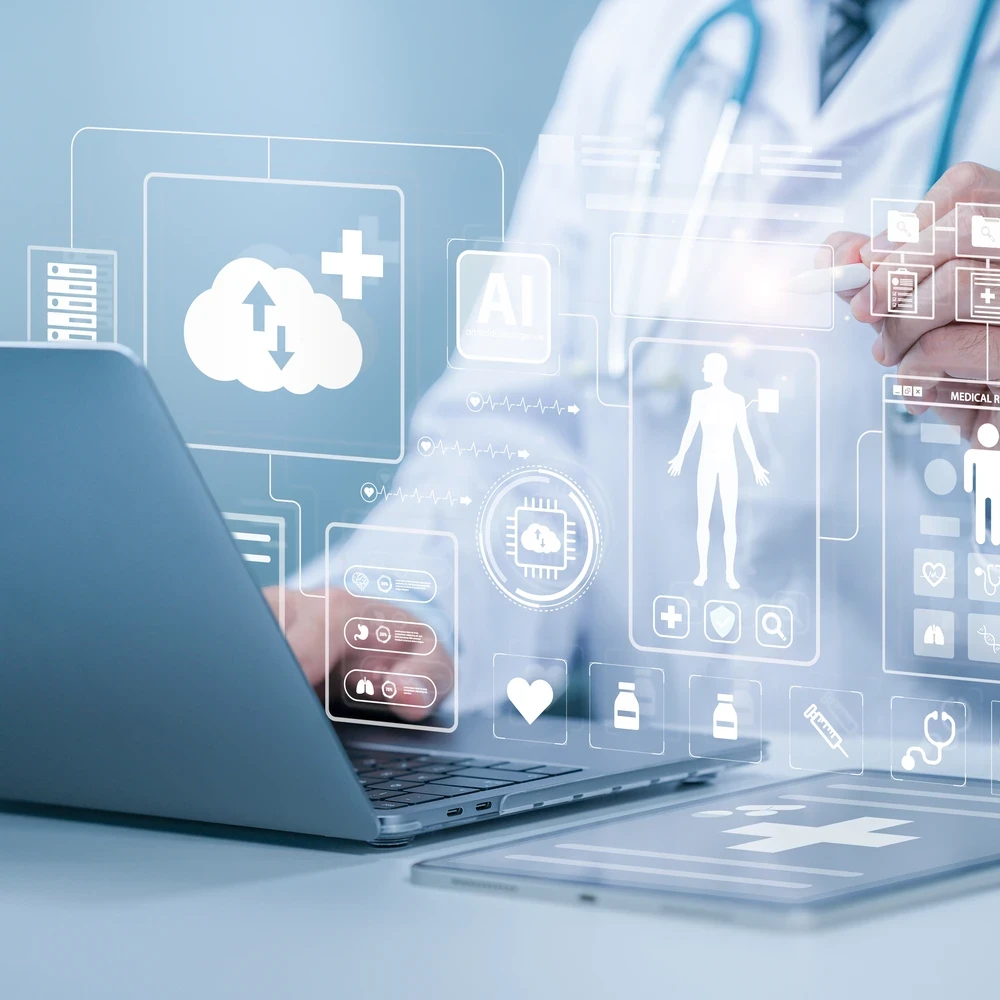Redefining the Role of Medical Affairs with Digital Transformation

Redefining the Role of Medical Affairs
Medical Affairs has long served as the bridge between clinical development, regulatory functions, and the healthcare providers who ultimately deliver therapies to patients. Today, that role is expanding as digital transformation reshapes how information is shared, how evidence is generated, and how patients experience the process of care. Medical Affairs is no longer a static function—it is becoming a strategic driver of value within life sciences organizations.
The shift is fueled by advances in digital platforms that allow for faster, more transparent, and more meaningful engagement. Rather than relying solely on traditional channels, field teams and headquarters now have the ability to connect with providers and patients in dynamic ways. The goal is not simply efficiency but to create a two-way flow of information that makes research and treatment more relevant, responsive, and impactful.
Harnessing Digital Tools to Strengthen Engagement
Engagement in the life sciences ecosystem depends on how effectively information can be tailored to the needs of specific audiences. Digital tools are making this customization possible on a scale that was unimaginable even a decade ago. Whether through virtual advisory boards, real-time analytics, or patient-facing apps, Medical Affairs teams can now deliver the right insights at the right time.
This evolution is particularly important in ensuring that complex scientific messages are not just accurate but accessible. By leveraging digital channels, Medical Affairs professionals can meet stakeholders where they are, whether that is through remote education for providers, patient-friendly materials delivered via mobile, or dashboards that track and visualize outcomes. The transformation is not about replacing human connection but about strengthening it through smarter, more accessible communication.
Data as the Foundation for Innovation
At the core of digital transformation is data. For Medical Affairs, the ability to capture, analyze, and act on information from multiple sources is changing how decisions are made. Real-world evidence, patient-reported outcomes, and health economics data are being woven together to create more complete pictures of patient experiences and treatment effectiveness. This richer evidence base supports not only regulatory filings but also post-market activities such as safety monitoring and value demonstration.
Yet the power of data depends on trust and usability. Ensuring that information is accurate, validated, and communicated responsibly is essential. Medical Affairs teams are uniquely positioned to interpret findings in a way that maintains scientific rigor while still being meaningful to clinicians and patients. As digital transformation advances, the challenge will be to balance the speed of innovation with the safeguards necessary to maintain confidence in the evidence being presented.
Building Bridges Across the Ecosystem
One of the most promising aspects of digital transformation is its ability to break down silos. Historically, data and insights lived in separate parts of the organization, often inaccessible to those who could benefit most. Today, integrated platforms allowallow Medical Affairs, Clinical Operations, and Commercial teams to work from the same sources of truth. This not only improves efficiency but also ensures consistency in the way information is delivered externally.
For patients and providers, the impact is tangible. A more connected ecosystem means less duplication, fewer barriers to access, and greater alignment in how therapies are presented and supported. By fostering collaboration across functions, life sciences companies can focus more energy on what matters most: improving health outcomes and delivering meaningful value to the communities they serve.
Looking Ahead
The journey of digital transformation is not without its challenges. Questions around technology adoption, regulatory acceptance, and workforce readiness are very real. But the opportunities are equally compelling. As new tools continue to emerge, Medical Affairs professionals have the chance to shape not just how clinical evidence is shared but how the entire healthcare experience evolves. The future of the function will depend on its ability to embrace innovation while staying grounded in the mission of advancing patient care.
These themes were explored in depth during our recent Digital Transformation Fireside Chat, which brought together senior leaders from TransPerfect to discuss how Medical Affairs is navigating this moment of change. Their conversation highlighted both the progress being made and the possibilities on the horizon. To hear their full insights and practical examples of transformation in action, we invite you to watch the recording of the session. You can find more information about TransPerfect's Medical Affairs solutions here.
